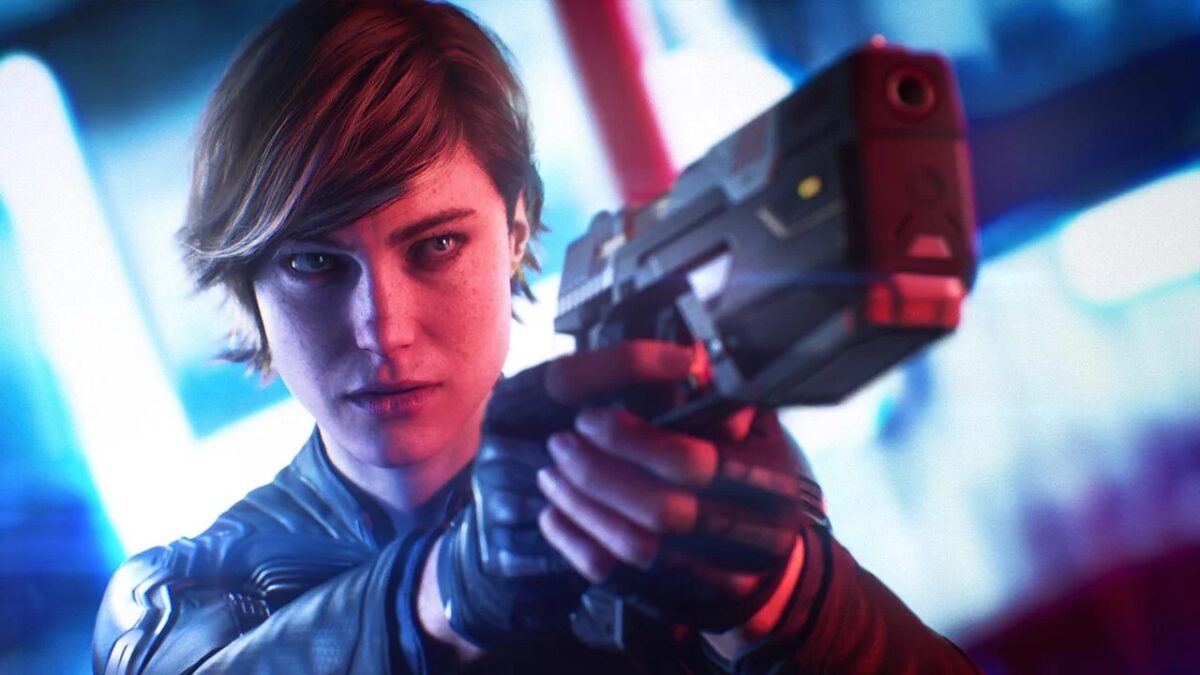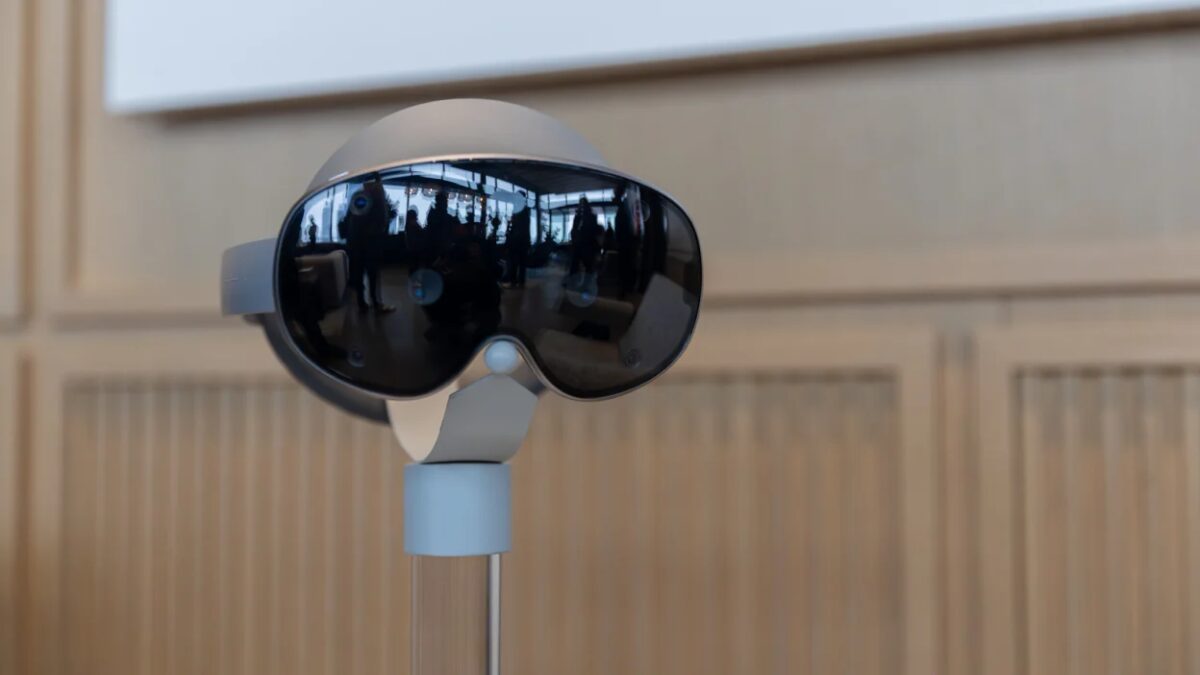Top 7 best 90s animated series that will make you nostalgic
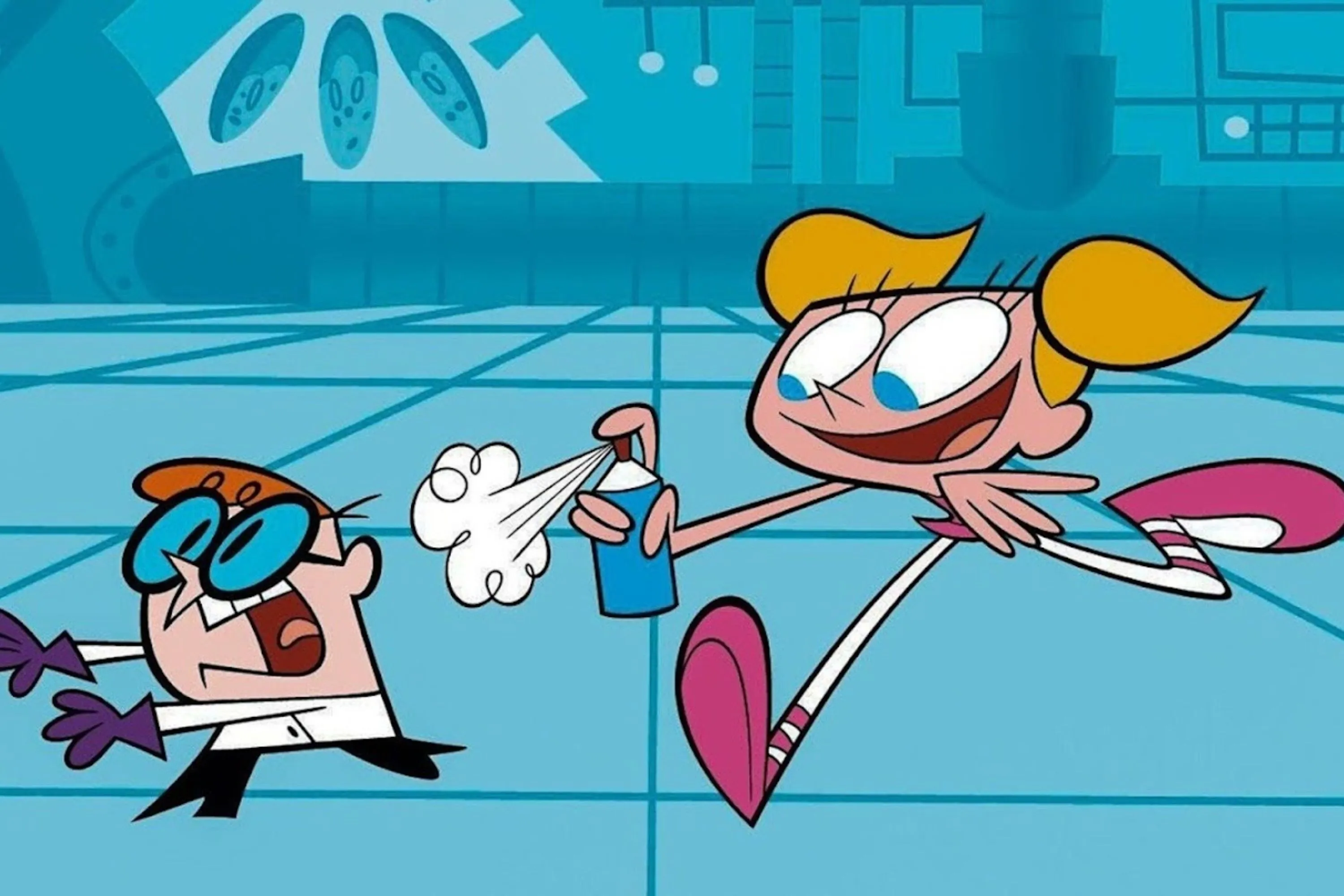
The 1990s — is the decade that was the golden era for animated series that became significant to many. During this period, a wide variety of animated series were created, covering a wide range of topics, from the experiences of growing up to the thrilling adventures of superheroes.
The 1990s — was the golden era for animated series that many have come to recognize as significant.
To look back and identify the cartoons that may evoke the most nostalgia, these are the cartoons of the 1990s — the ones that have largely stayed in the past, unaltered by the constant reruns or reboots that some other iconic shows — like “X-Men: The Animated Series” and “South Park” enjoy. It’s those 1990s cartoons that viewers can turn to in order to feel like a child or teenager again, demonstrating just how special that time was for animated television.
These are the kind of cartoons that viewers can turn to in order to feel like a child or teenager again, demonstrating just how special that time was for animated television.
Hey, Arnold! (1996-2004)
.
Arnold Shortman — a widely beloved ’90s character who lives in a fictional big city similar to New York City with his grandparents, Phil and Gertie. “Hey Arnold!” is about the antics of a fourth-grader who, along with his friends, tries to live his city life to the max. Along with the quiet Gerald and the secretly in love Helga Pataky, each episode features Arnold learning new lessons about growing up.
Arnold’s new lessons about growing up.
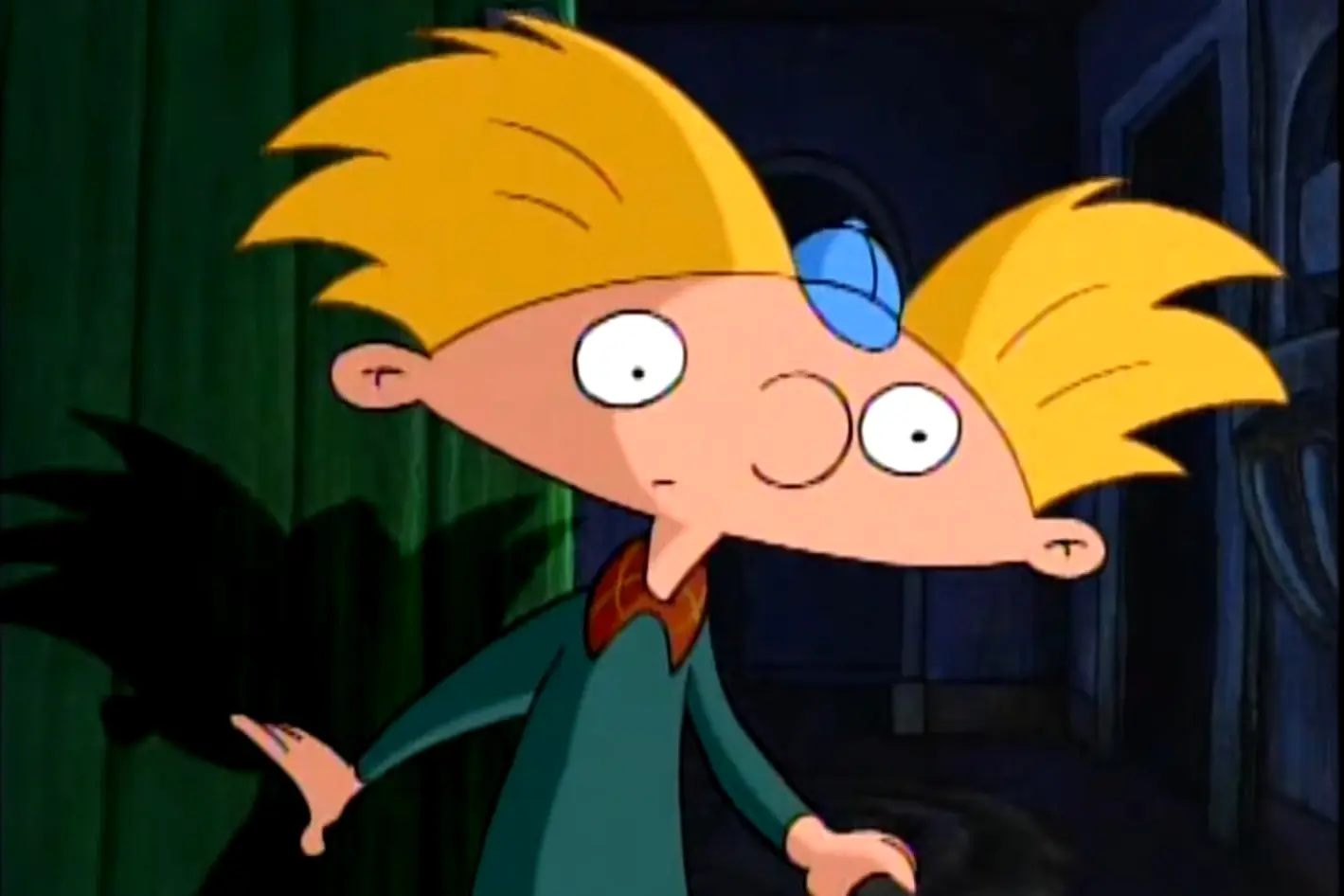
“Hey, Arnold!” was a standout series of the ’90s not only because of its entertaining depiction of a kid’s everyday adventures with his friends, but also because of the way it touches on more adult themes and introduces characters with some personality. The show has surprisingly complex themes, such as Helga’s insecurities and strong unrequited love for Arnold, Mr. Hyun’s use of alcohol to cope, Phil’s grandfather’s experiences serving in World War II, and more. These episodes add an emotional depth that was rare for children’s programs at the time, and give a whole new meaning to the animated series for fans who choose to revisit it now.
Naughty Animaniacs (1993-1998)
Mischievous Animas — a hallmark of ’90s cartoons that broke the mold of traditional children’s programs. It tells the story of the Warner siblings — Yakko, Wakko and Dot, — who have been trapped in a Warner Bros. water tower for decades. When they are finally freed, they wreak havoc on everyone they meet, including historical figures and contemporary celebrities. All this mayhem is accompanied by witty jokes and comedy, sometimes in the form of musical numbers.
All this mayhem is accompanied by witty jokes and comedy, sometimes in the form of musical numbers.
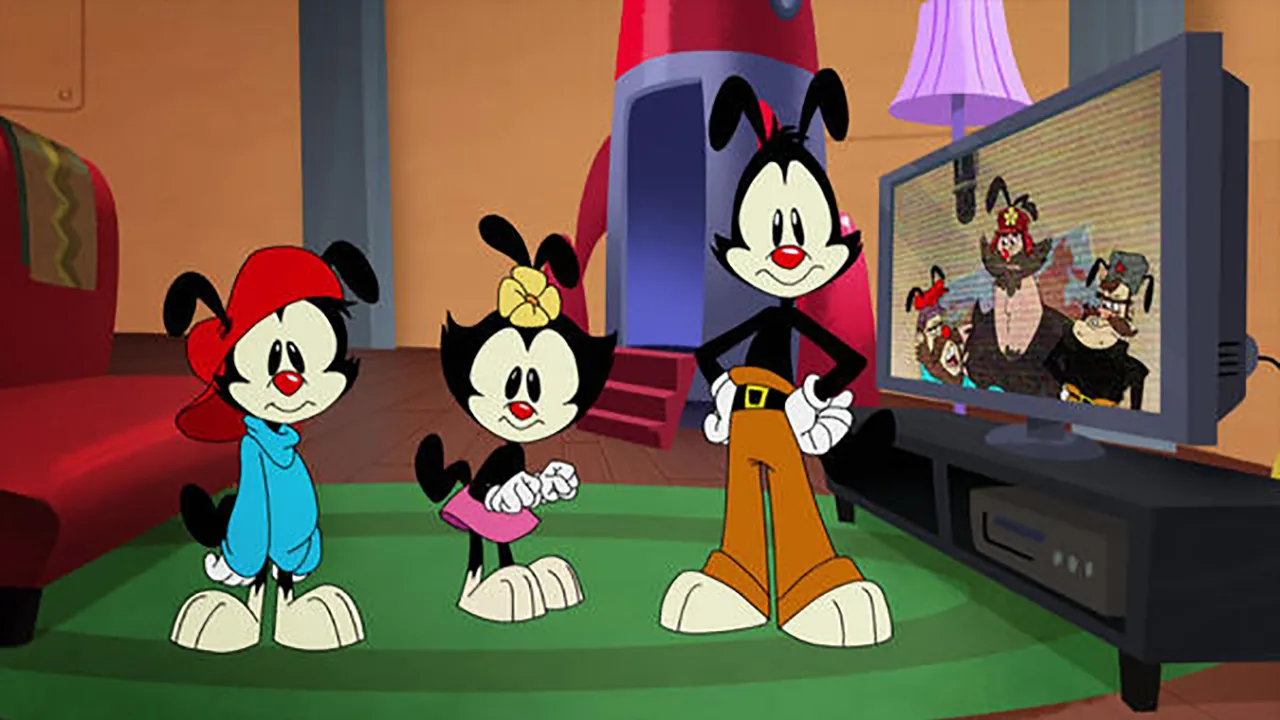
Each episode of Mischievous Animas features different segments, such as “Pinky and the Brain,” which became a successful spin-off of the series. An animated series that was recognized for its witty script and inventive animation, but is most remembered for introducing something new that both kids and adults enjoyed, pushing the boundaries of what cartoons could be. Meta-commentary, breaking the fourth wall and brilliant parodies make this series worth revisiting today, especially for those who didn’t quite enjoy its 2020 reboot.
Doug (1991-1999)
“Doug” — the first of three original Nicktoons cartoons, an iconic animated sitcom that holds a special place in the hearts of many fans. The series tells the story of Doug Fanny, an 11-year-old boy growing up in the fictional town of Bluffington, where he uses a diary and a vivid imagination to dream of himself as the heroic Quail Man. His fantasies help him cope with everyday situations, which include many of the typical teenage difficulties — from struggling with a crush to spreading rumors.
His fantasies help him cope with everyday situations, including many of the typical teenage difficulties — from struggling with a crush to spreading rumors.
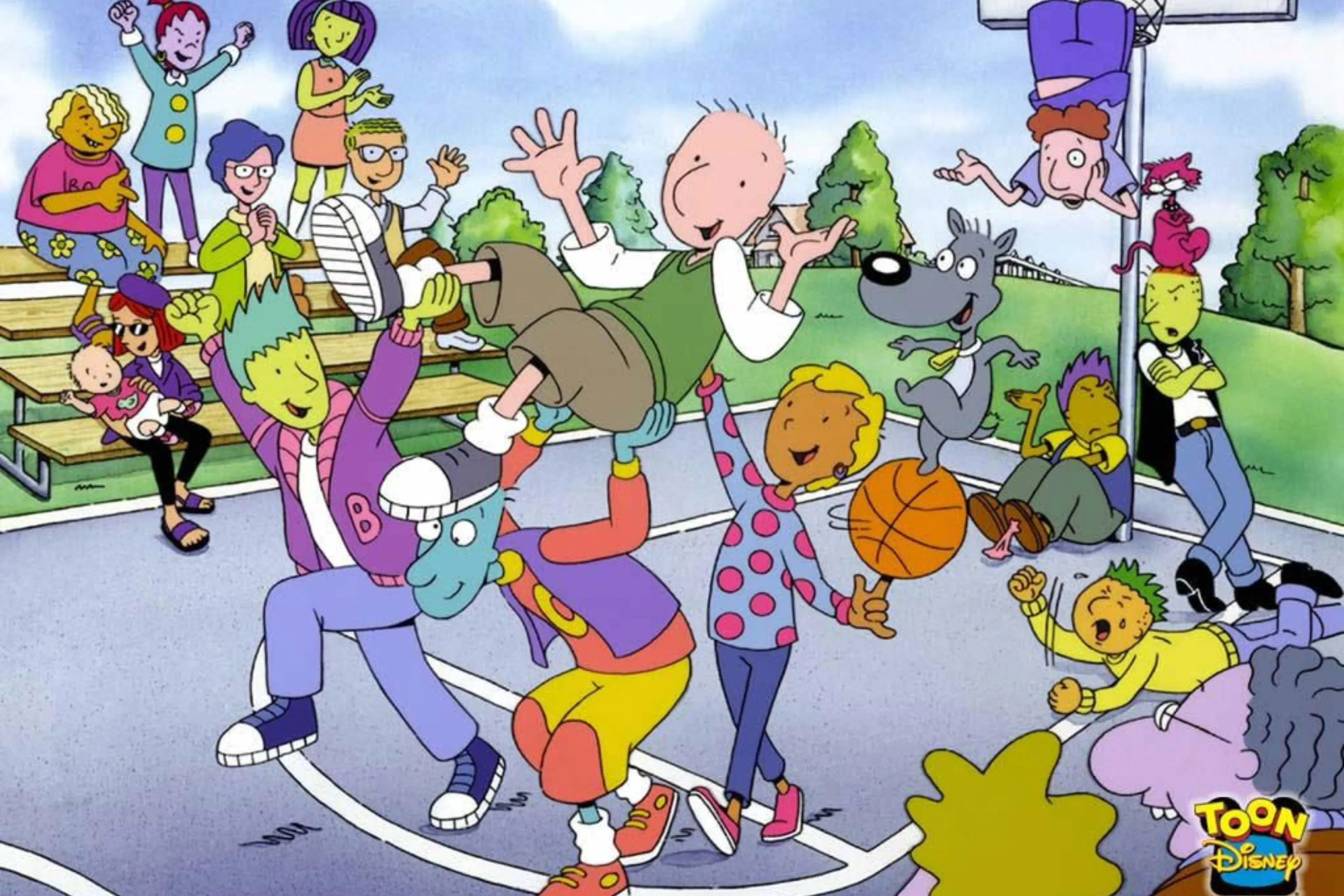
The show has memorable characters including the main character’s dog, Porkchop, his best friend, Skeeter, and his crush, Patti Mayonnaise. They will become viewers’ faithful companions after a long day at school, and their easily recognizable storylines reflect real-life scenarios that viewers may have encountered as well. Fans who see themselves in Doug’s everyday dilemmas will likely be relieved, as the show always uses gentle humor and a positive message to remind young viewers that they are not alone in their worries and everything will be alright.
The show’s characters will be the only ones who can relate to Doug’s everyday dilemmas.
Oh, Those Kids! (1991-2004)
Oh, those babies! — an iconic animated series centered around a group of kids and the ordinary events they turn every day into extraordinary adventures. Tommy Pickles, the plucky leader of the group, and his friends Chuckie Finster, Phil and Lil DeVille and Angelica Pickles use everything around them to create unforgettable memories and moments. Whether it’s overcoming a fear of the hairdresser or the stress of potty training, the little ones tackle it together.
They’re the ones who make the most of it.
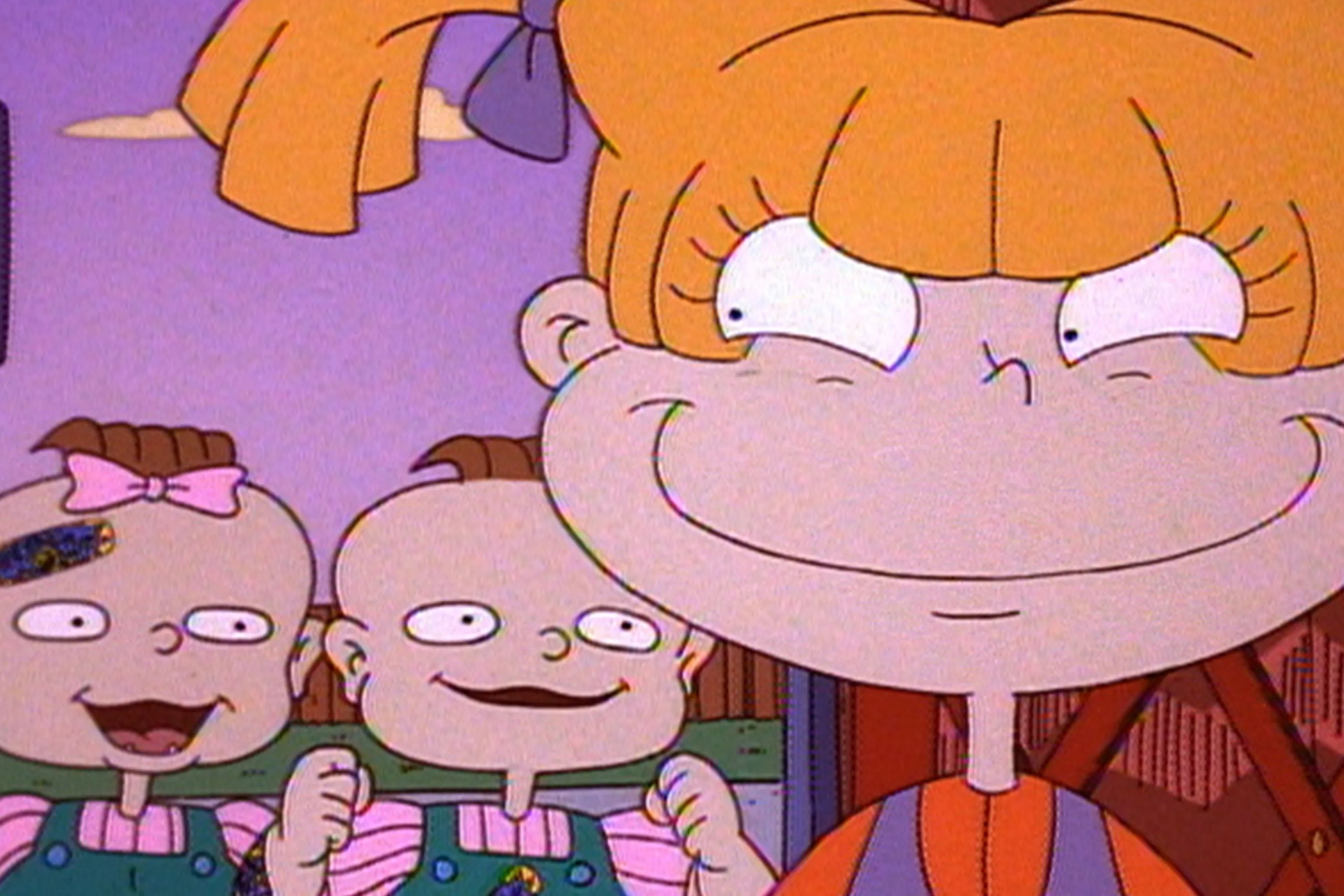
Oh, those kids! — it’s a nostalgia favorite, especially for those who watched it as kids, as the plots were designed to be understandable specifically to a child audience. Some topics that adults see as trivial to adults seem like exciting journeys or insurmountable challenges to children, and that’s exactly what the cartoon conveys. That authenticity and endearing characters have led to several spin-offs, movies, and reboots. And its lasting impact on pop culture is testament to the fact that the animated series is extremely valuable.
So far, it’s not just the cartoon series that’s made it into the mainstream.
Dexter’s Laboratory (1996-2003)
The award-winning science fiction animated series “Dexter’s Laboratory” tells the story of a boy genius who has a secret laboratory hidden behind a bookshelf in his bedroom. The series revolves around Dexter’s obsession with scientific achievement, and his greatest works are often thwarted by his annoying but lovable older sister Dee Dee. Dee Dee’s antics and Dexter’s dangerous experiments oddly go unnoticed by his parents. Dexter also runs into trouble with his rival, Mandark, whose own lab and sinister plots lead to clashes between the two heroes.
Dexter’s work with his rival, Mandark, whose own lab and sinister plots lead to clashes between the two heroes.
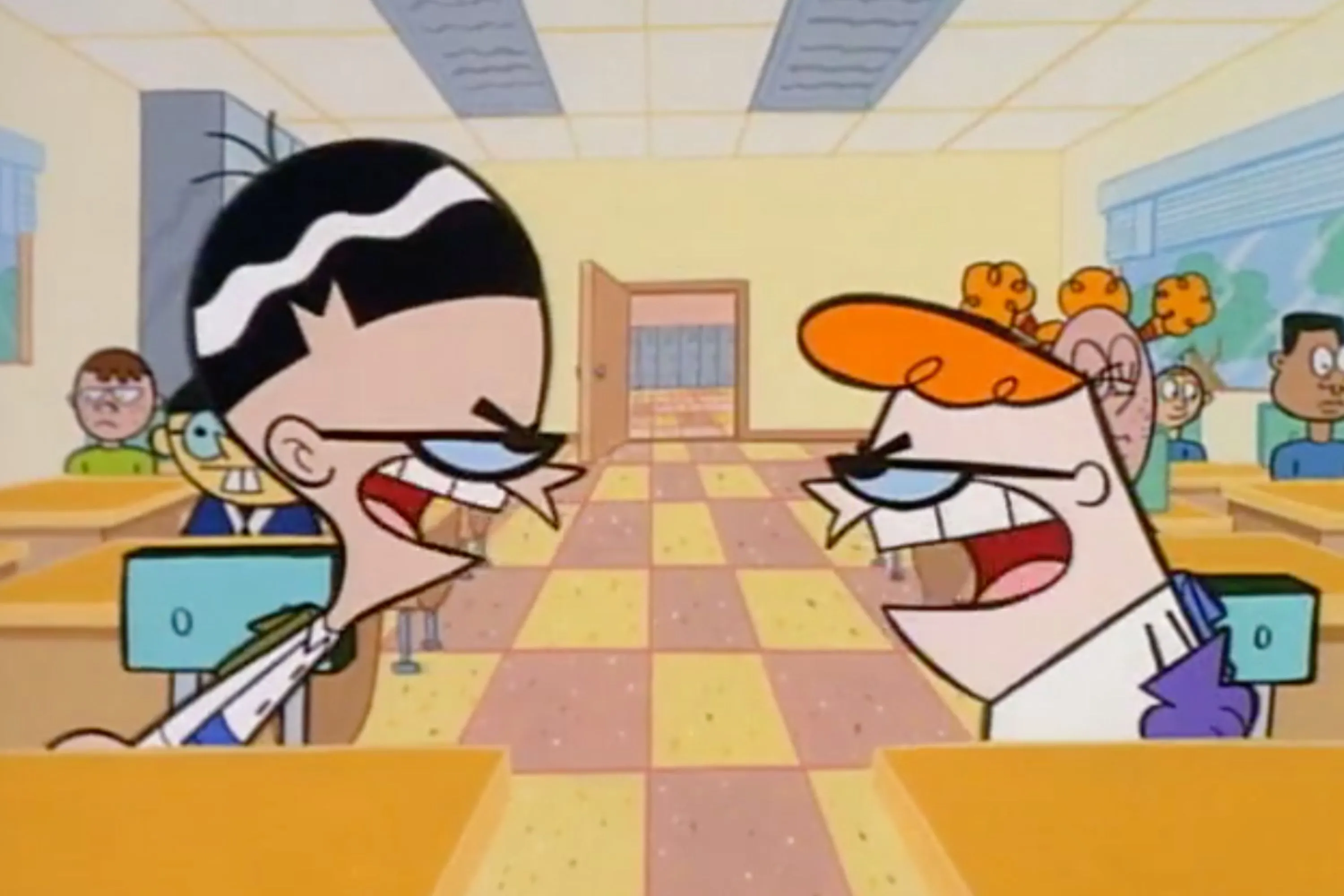
The animated series “Dexter’s Laboratory” distinguished itself with a bold art style that made it memorable, not to mention clever humor that blended sci-fi concepts with everyday kid-friendly scenarios. Cartoon Network shows conveyed the spirit of curiosity and frustration that often accompanies children with particularly active imaginations and a love of science. Popular episodes such as “Dexter’s Rival” and “Dee Dee’s Room” are enjoyed today by anyone who misses this humorous and intelligent character.
Some of these popular episodes are now enjoyed by anyone who misses this humorous and intelligent character.
Batman: The Animated Series (1992-1999)
The legendary animated television show that set the gold standard for the superhero movie genre, Batman: The Animated Series (BTAS) tells the story of Bruce Wayne as he defends Gotham City from the villains: the Joker and Two-Face. In each episode, he battles enemies, and the storylines introduce complex and morally gray characters and DC Comics-inspired decisions.
Here’s how it works.
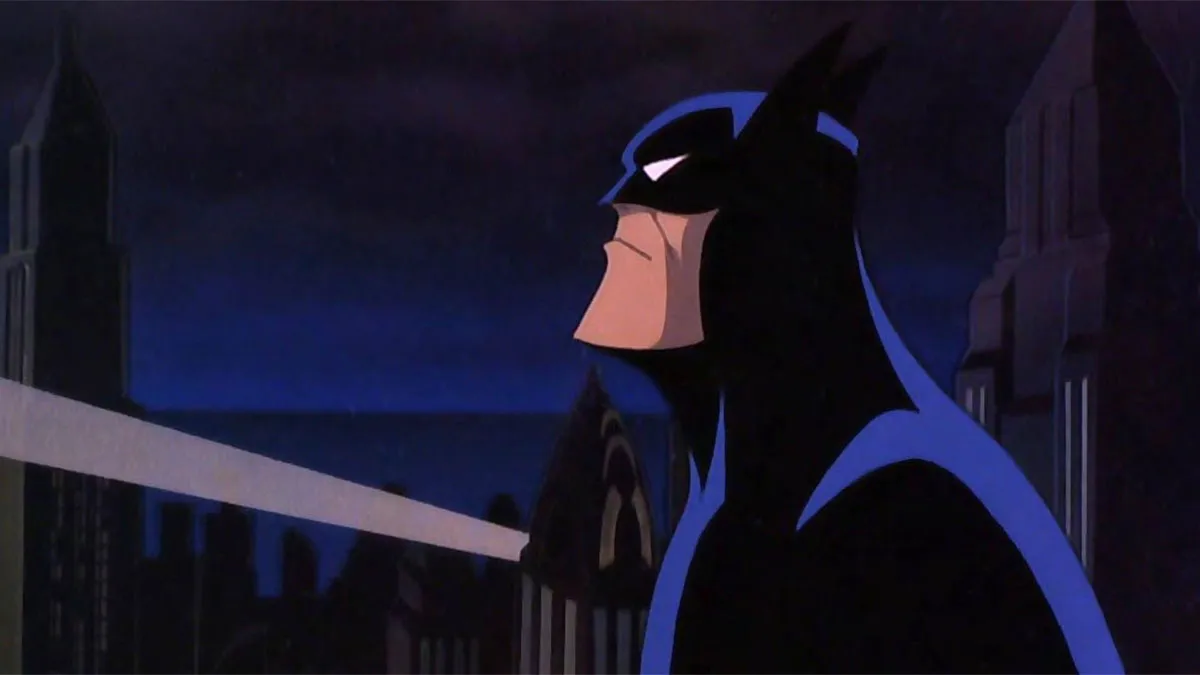
BTAS is recognized for his groundbreaking animation, which used a unique “Dark Deco” art style that combines minimalism with dramatic shadows and a muted color palette to create moody and haunting environments. He is also known for his screenwriting and voice-over work, and his storylines and performances have shown how animation can cater to more mature audiences wanting to see darker portrayals of comic book heroes. “Batman: The Animated Series” has a cinematic quality that has made it a great preservation. Many fans are probably still hoping for a reboot or revival in which the Dark Knight returns.
A lot of fans are probably still hoping for a reboot or revival in which the Dark Knight returns.
Daria (1997-2002)
Daria Morgendorffer — a middle school student who is unwilling to conform to societal demands and conform to anyone’s expectations, even if it makes her different from everyone else in the town of Lawndale. In the series Daria, the main character copes with teenage life with her best friend Jane Lane, who seems to be the only person she tolerates. The series critiques many stereotypical high school archetypes and serious topics like consumerism and conformity, making it one of the best animated series even for adults.
The series is a great example of the kind of drama that can be seen on the television.
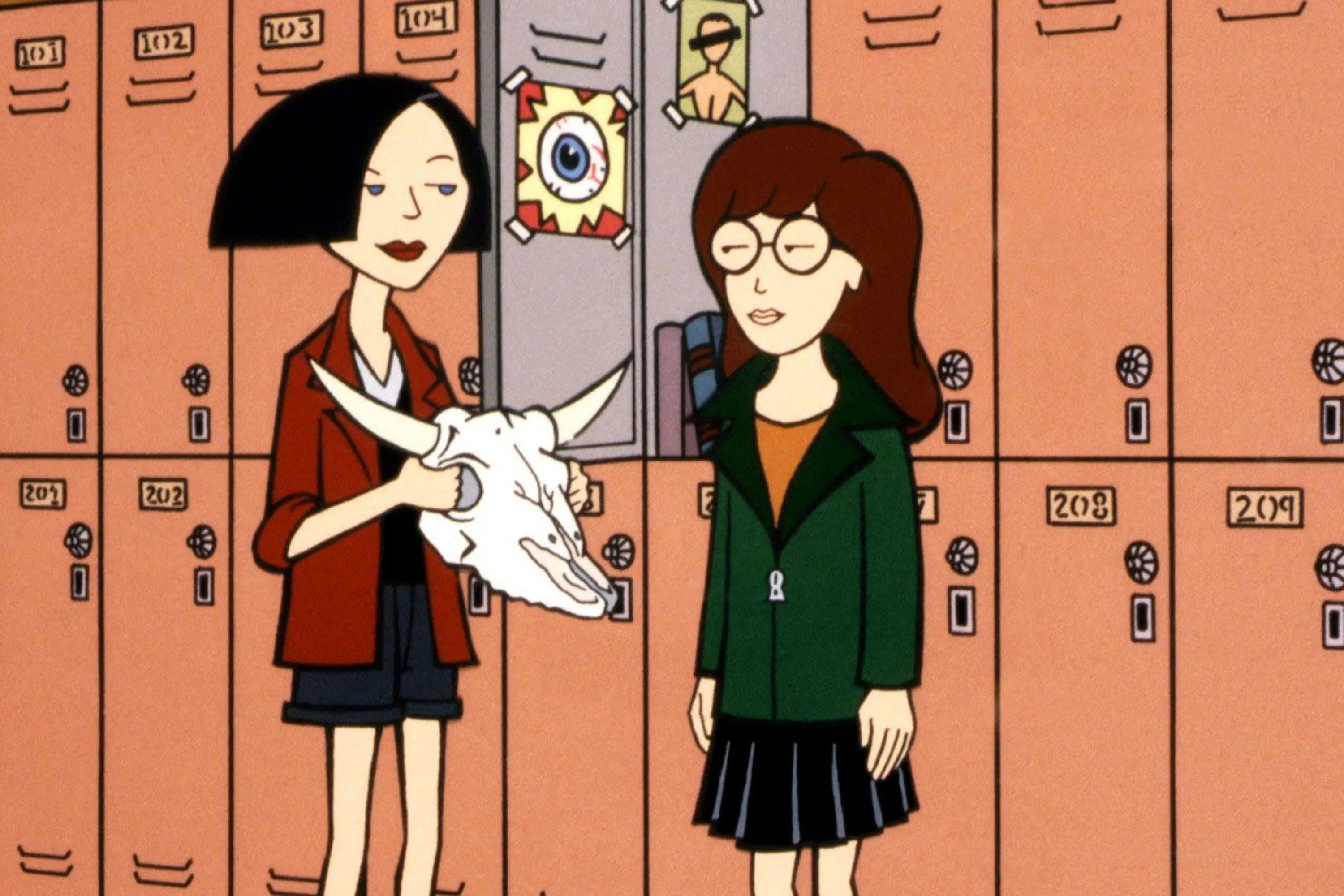
Darya’s sarcasm and deadpan humor made her an unforgettable ’90s character, and her sarcastic observations were the source of the series’ comedy. The series’ comedy is witty and often understated, relying on creative writing to present a scathing satire on popularity, education and the media. As a result, Daria has become a unique representative of misunderstood and marginalized people, influencing countless films and TV series that have attempted to reflect the same teenage struggles.


